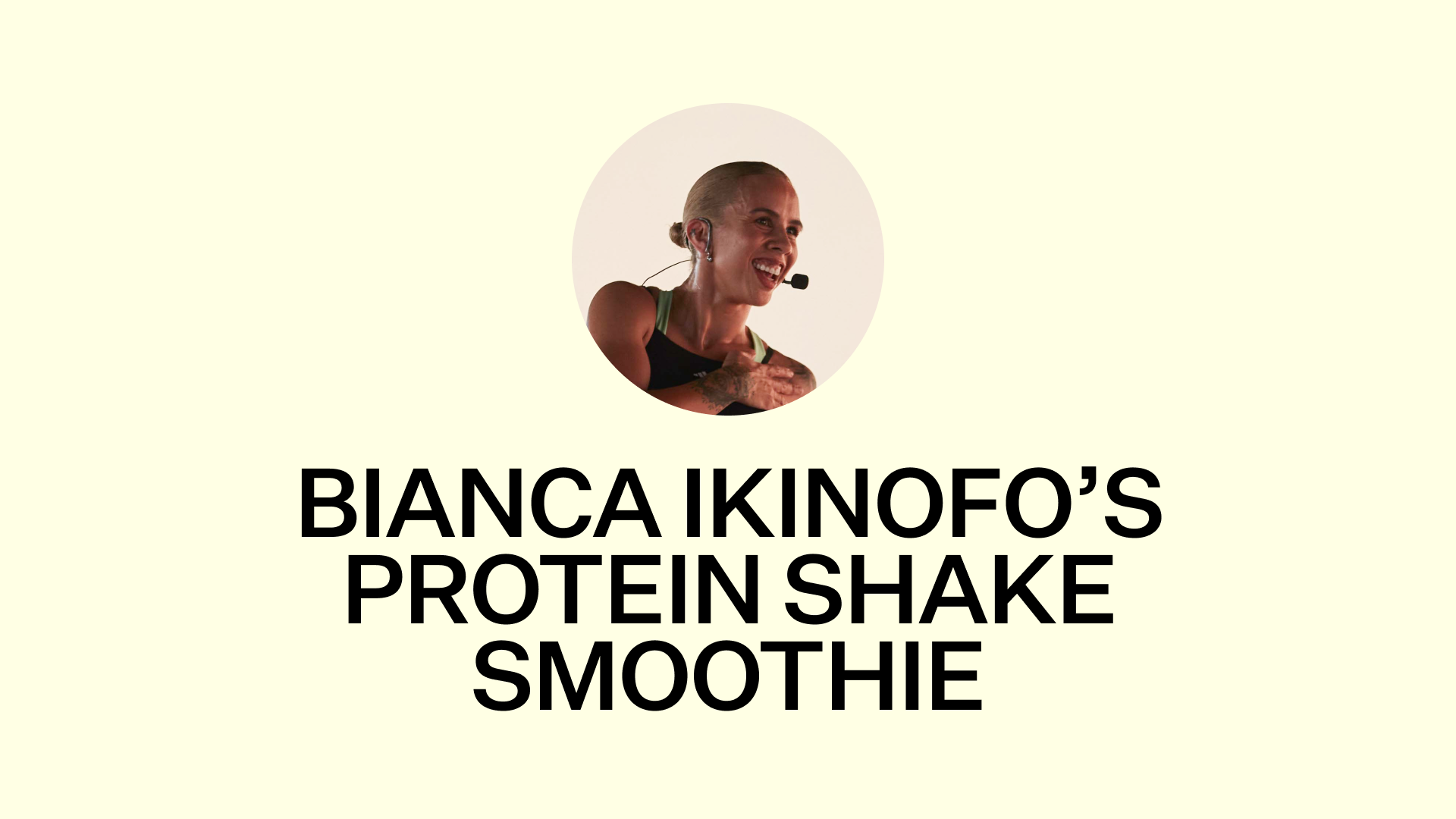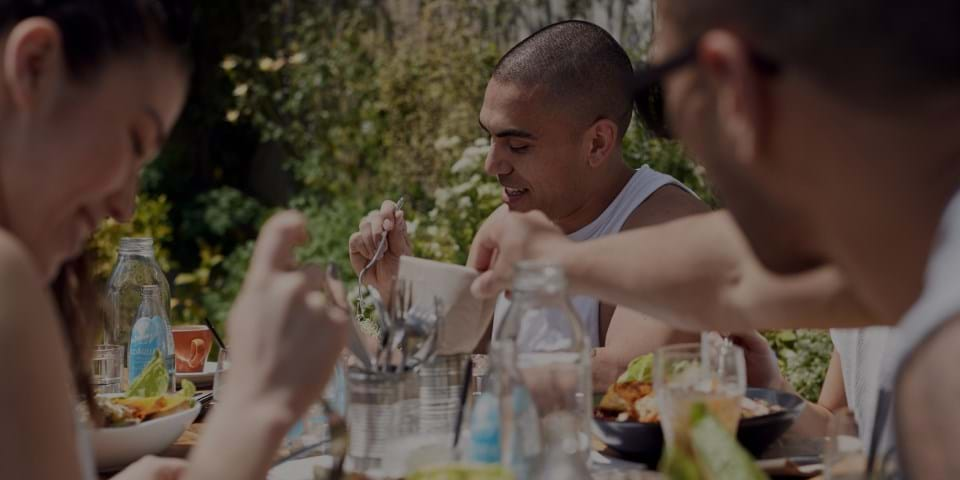Read on and you’ll discover:
- The importance of protein
- Why carefully timing your protein intake can amplify the impact
- 3 delicious recipes for protein-rich snacks
We all need protein. This is why…
Protein is the building block of the body. Its main role is growth and repair; it helps in the formation of muscles, hair, nails, skin and organs. Having sufficient protein in our bodies means that when we stress our muscles through physical activity our bodies are able to rebuild the muscle tissue to be better and stronger than before. People whose bodies are under extra demand – athletes, growing teenagers, pregnant or breastfeeding women and people who are sick or injured – need more protein to keep that growth and repair going.
Protein has another benefit – it gives us a feeling of satiety, meaning we feel full and satisfied when we eat it. There is a theory – known as protein leverage, supported by a growing body of evidence – that we are wired to seek out a certain amount of protein from our food, and we will keep eating until we hit that point. So foods higher in protein play an important role in regulating our appetites.

Why timing protein intake is key
The power of protein is amplified when you consume it at the right time. Nutritional expert Niki Bezzant explains that research indicates there is a small spike in muscle synthesis each time we consume protein.
Eating a meal that contains a good amount of protein within an hour after you exercise should be adequate for recovery and muscle maintenance.
The optimum response comes from eating 20-25g of what’s known as ‘high biological value’ (HBV) protein. HBV protein is rich in all the essential amino acids our bodies need, and comes from sources such as dairy, eggs or soy as well as meat, fish and poultry.
Nutritionists tell us it’s a really good idea to spread our protein intake across the day, rather than loading it into our lunches and dinners. When we do this, we get multiple spikes in muscle protein synthesis, which helps maintain the benefit of exercise and prevent muscle breakdown.
Protein shakes and protein bars can be a great way to get a post-workout protein boost. But they are not the only option. Trainer, Kaylah Blayr Fitzsimons-Nu'u prepares choco berry fudge balls to help fuel her day. Get the recipe below. 
Trainer Summer Bradley prepares protein-packed peanut butter banana muffins that are sweet, filling and the perfect mid-afternoon energy boost. Get the recipe below.
Post-workout, trainer Bianca Ikinofo refuels with a protein shake smoothie. Get her 'go-to' recipe below.
Other helpful protein INSIGHTs:
- More is not always better; consuming more than 20-25g of protein at once doesn’t seem to offer any greater benefits, and too much protein can put pressure on your kidneys and liver.
- Some plant-based proteins don’t have all the essential amino acids our bodies need. If you’re looking at plant-based protein powders, check the labels for this information, as they do vary.
- The older you are, the more reason to spread your protein intake. Past research has shown those who consumed protein in a balanced way during the day had more muscle strength than those who consumed more during the evening meal and less at breakfast.
- If you’re choosing convenience foods, look for ‘high protein’ claims on packaging to help you get more bang for your protein buck.
- Aim for protein-rich foods in each meal and snack, but don’t forget other nutritional needs – a base of colorful fruit and vegetables is always key.
This article was written with contribution from Niki Bezzant, a New Zealand-based food writer, editor and commentator and the founding editor of Healthy Food Guide magazine. She is a member of the Council of Directors for the True Health Initiative, a global coalition of health professionals dedicated to sharing a science-based message of what we know for sure about lifestyle and health.










